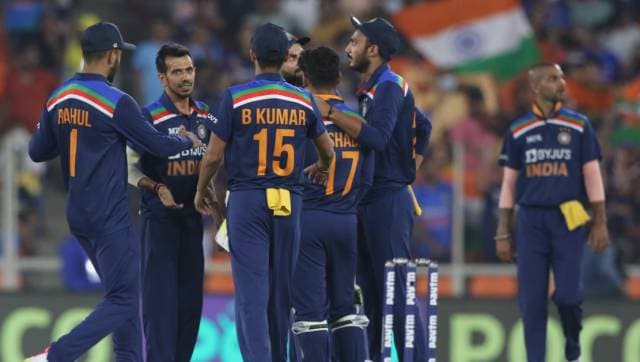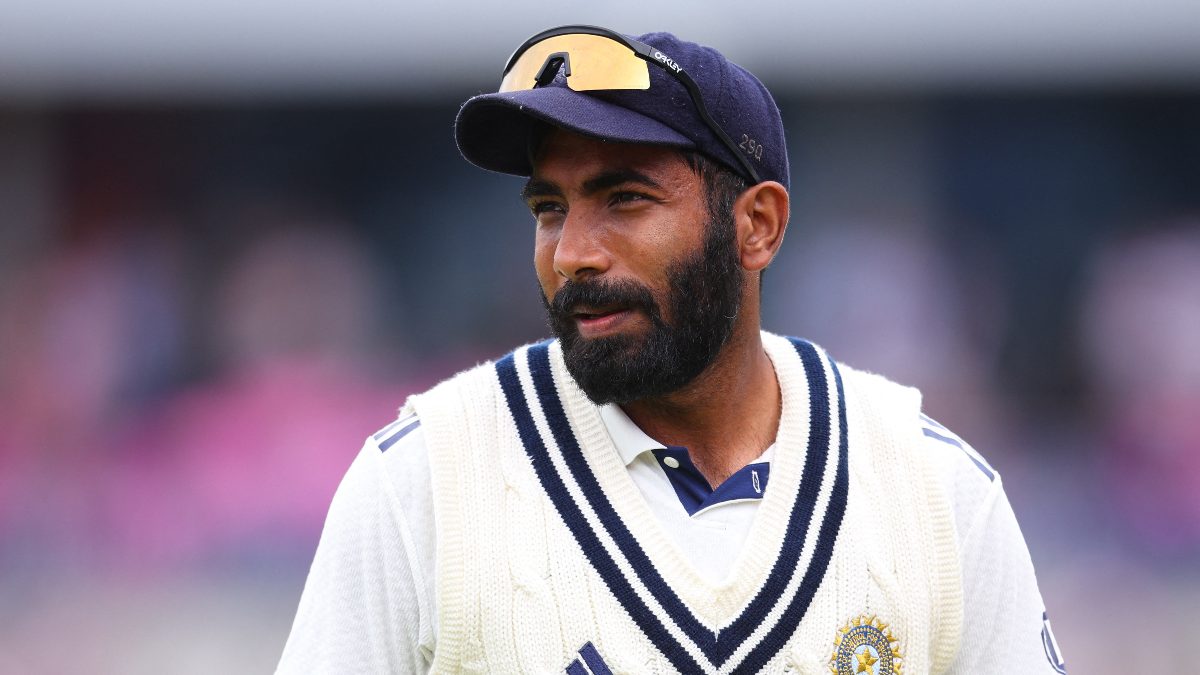Three months have passed since India played their last T20I (against Australia). Usually, this is a quick timeframe when it comes to international cricket. However, the current situation – with bio-bubbles and pandemic added to the equation – it has felt like a lifetime. Not to mention the fact, India played eight Tests in this interim, and each of those Tests has been a mini saga in itself. From Adelaide, to Melbourne, to Sydney, to Brisbane, to Chennai, and to Ahmedabad, the Indian team took us on a wild and thrilling roller-coaster ride across those eight Tests against Australia and England. [caption id=“attachment_9412581” align=“alignnone” width=“640”]  India made plenty of bizarre changes in the first T20 against England and were made to pay with a defeat. Sportzpics[/caption] Rustiness, when playing their first T20I in three months, was an obvious point. The simple thing to do herein was to stick to their regular playbook, as England is a side to be feared. They are the number one ranked T20I side and clear favourites for the T20 World Cup in October. You simply cannot take them lightly. Instead, Team India tore up what ought to have been their usual strategy. Whether with bat or ball, they bypassed all rules of selection possible and put on a miserable show in the first T20I in Ahmedabad on Friday night. Miserable might be an understatement, so how about ‘horrendous’? England walked all over them with an eight-wicket shellacking , as India simply didn’t have the tools to put up a challenge. Picking a team isn’t always easy, especially in the current scenario as a lot of cricketers have been in the bubble for long. There is a need to rotate and keep players fresh. There is a need to experiment, for a T20 World Cup is on the horizon. There is also a need to pick the optimal players for success – optimal tools if you will – when facing off against the best T20 team in international cricket. Did India achieve this balance with their team selection on Friday? The answer is a simple no. 24 hours prior to the game, skipper Virat Kohli had spoken about India’s first-choice opening pair in T20s . By that testimony, Rohit Sharma and KL Rahul should have walked out to bat. And yet, much to everyone’s surprise, Rohit was rested (apparently for two matches, as Kohli said at the toss). Why the need to rest Rohit in the very first couple matches? In the past, the team management has looked to rest key players only when comfortably leading the series, or having won the rubber. To rest Rohit for a couple games right at the start made no sense whatsoever. India’s poor start thereafter made the selection decision look worse. Rahul hasn’t played active cricket since December. Kohli is in the worst form of his illustrious career. Shikhar Dhawan has been playing domestic white-ball cricket, but he is not experiencing a purple patch. Losing all three wickets within the powerplay overs pegged the innings back to such a degree that it never really recovered. This hashed-up selection also had an impact on India’s attempt to increase their effectiveness in the powerplay. There has been a constant endeavour from the Indian top-order to force the tempo in the initial overs. While there was a change visible in the past year, much of the change-around in the top-order was because Rohit, Dhawan and Kohli were very much in the same mould. Rahul’s introduction provided them with an aggressive impetus. So, again, why was Dhawan re-introduced in the playing eleven at the expense of a set formula? Was resting a key batsman and in-form opener at this early stage of the series warranted? This selection gaffe wasn’t restricted to batting alone. India tore up their bowling playbook as well, and went in with only two pacers. They picked three spinners in the knowledge that Hardik Pandya is now fit enough to bowl 2-3 overs. Usually, Ravindra Jadeja takes up one spin all-rounder spot. In his absence, India asked Axar Patel and Washington Sundar to do this singular job. In turn, this ploy left Shardul Thakur and Bhuvneshwar Kumar without any cover. The former was rendered ineffective after only one over. Thakur really isn’t a specialist T20 bowler. Was he picked for his batting prowess? Why weren’t Navdeep Saini and Deepak Chahar picked ahead of him, both of whom have proven themselves in the T20 format over the past two years? Especially since Jasprit Bumrah is missing this series and India’s T20 bowling prowess is already reduced? It points to muddled thinking, and it is not a first for this Indian think tank. Chopping and changing in the garb of experimentation, trying to fix something that isn’t really broken, picking players for all-round role – the Indian team management has a habit of messing things up and then rectifying them as they go along. Where have we spotted this earlier? In the build-up to the 2019 ODI World Cup, and we all know how that repeated number four experimentation ended. Is it any surprise that there is another World Cup approaching and this chop-change policy has begun again? Take the example of Shreyas Iyer. He was pushed down to number five to accommodate Rishabh Pant, who is not only in-form but also his attacking style at number four suits India’s aggressive intent. With Iyer at five, and Kohli at three, Indian batting can revolve around two accumulating batsmen in a double pivot. However, pushing Iyer down means he is now competing for number five with Surya Kumar Yadav. These are two very different batsmen, competing for that one spot in the middle order, and only one of them is actually suited to that role. To his credit, Iyer shone through with flying colours on the day but it didn’t matter in the bigger scheme of things. Additionally, the team management would do well to not consider his half-century as a positive. At best, Iyer’s performance put a curtain on India’s shortcomings, which were woefully exposed by a professional England display. There is a reason why Eoin Morgan’s team are considered contenders for the upcoming T20 World Cup. Meanwhile, on evidence of this match alone, India would do well to count themselves out of contention for the time being.
Whether with bat or ball, India bypassed all rules of selection possible and put on a miserable show in the first T20I in Ahmedabad on Friday night.
Advertisement
End of Article


)

)
)
)
)
)
)
)
)



